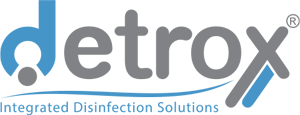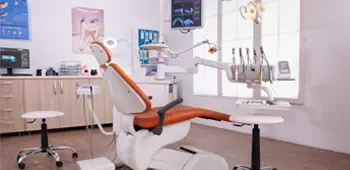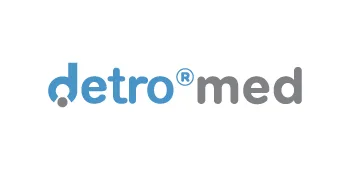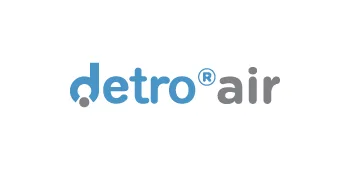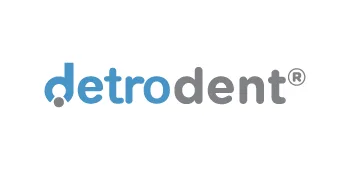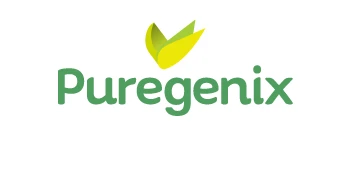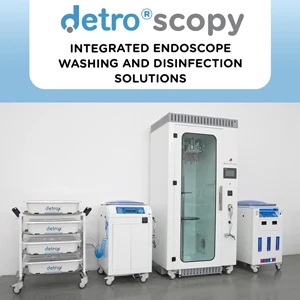The Difference Between Disinfectant and Antiseptic: Which is Used in Which Situations?
Disinfectants and antiseptics are chemical substances developed to kill or inactivate germs and pathogens, which are widely used in the healthcare industry and daily life. However, these two terms are often confused with each other. In this article, we will examine in detail the differences between disinfectant and antiseptic, their usage areas and their effects.
What is a Disinfectant?
Disinfectants are chemicals used on surfaces, instruments and environmental areas to kill or stop the growth of microorganisms. Disinfectants are generally used on medical instruments, surfaces, environments and other inanimate objects. The purpose of disinfectants is to reduce the risk of infection by preventing the spread of germs.
Usage Areas of Disinfectants:
- Floor and Surface Disinfectants: Used on surfaces such as floors, worktops, door handles. These products provide a wide range of disinfection from homes to hospitals.
- Ambient Disinfection Devices: It is effective on the surfaces of the airborne / room. It ensures the destruction of microorganisms carried not only by air but also by droplet or contact.
- Instrument Disinfectants: Specially formulated chemicals for disinfection of medical devices and instruments. They are used especially in operating theatres, endoscopy units, sterilisation units, dental clinics and many other areas.
Properties of Disinfectants:
- Broad Spectrum of Action Against Microorganisms: Disinfectants are effective against a wide range of microorganisms, including bacteria, viruses, fungi and spores.
- Applicability to Surfaces: Disinfectants are generally formulated for use on surfaces.
- Persistence and Duration of Activity: The duration of effectiveness of disinfectants varies depending on the chemical composition used and ambient conditions. Some disinfectants can provide long-term protection on the surfaces to which they are applied.
What is an Antiseptic?
Antiseptics are substances used on living tissues that kill or inhibit the growth of microorganisms. Antiseptics are used especially for wound cleaning, preoperative skin preparation and general hygiene. Antiseptics can be used safely on the skin and are therefore widely preferred to prevent skin infections.
Usage Areas of Antiseptics:
- Hand and Skin Antiseptics: Used for hand disinfection and surgical hand antisepsis. In hospital environments, it is preferred by surgeons and healthcare personnel for preoperative skin hygiene.
- Wound Antiseptics: Used to reduce the risk of infection after injuries. Antiseptic solutions are applied in various situations from small cuts to large wounds.
- Preoperative Skin Preparation: Antiseptic solutions are used to cleanse the surgical area from germs before surgery.
Properties of Antiseptics:
- Skin Compatibility: Antiseptics can be used safely on the skin and kill germs without causing skin irritation.
- Fast Action: Antiseptics usually have a rapid effect and kill germs in a short time.
- Broad Spectrum Effect: Effective against a wide range of microorganisms, including bacteria, viruses and some fungi.
Basic Differences Between Disinfectant and Antiseptic
The main difference between disinfectants and antiseptics is related to their areas of use and the surfaces on which they are applied. Disinfectants are used on inanimate surfaces, while antiseptics are designed to be used on living tissues. Disinfectants usually contain stronger chemicals, while antiseptics have skin-friendly formulas.
Differences According to Usage Areas:
- Disinfectants: Used for surface disinfection, instrument disinfection and airborne disinfection.
- Antiseptics: Used for hand hygiene (hygienic and surgical hand washing), skin cleansing and wound treatment.
Chemical Composition Differences:
- Disinfectants: Usually contain strong chemicals such as chlorine, hydrogen peroxide, aldehydes, peracetic acid.
- Antiseptics: Povidone iodine contains skin-friendly chemicals such as alcohol.
Safety in Use:
- Disinfectants: Skin contact should be avoided and application with protective equipment is generally recommended.
- Antiseptics: Can be used safely on the skin and usually do not require additional protection.
Things to Consider in Disinfectant and Antiseptic Product Selection
Choosing the right product varies depending on the intended use and the environment. When choosing between disinfectant and antiseptic products, it is important to consider the area where the product will be used, the spectrum of microorganisms it is effective against and its safety features.
Recommended Products and Categories at :
- Floor and Surface Disinfectants: Ideal for disinfection of large areas in medical areas (operating theatres, intensive care units, etc.), at home and at work.
- Hand and Skin Antiseptics: Surgical hand washing is suitable for general hand hygiene.
- Instrument Disinfectants and Cleaners: Designed for disinfection of medical devices and instruments.
- Airborne Disinfectants and Devices: It offers automated solutions for disinfecting surfaces.
Conclusion
Disinfectants and antiseptics are two different groups of chemicals that play an important role in fighting germs. Each is designed for a specific area of use and, when used correctly, can significantly reduce the risk of infection. Disinfectants offer the best solution for surfaces and environments, while antiseptics are effective in protecting skin and living tissues. It is of great importance to use both of these product groups correctly for a healthy and hygienic life. Detro Healthcare’s wide range of products offers effective solutions for both disinfectant and antiseptic needs.


